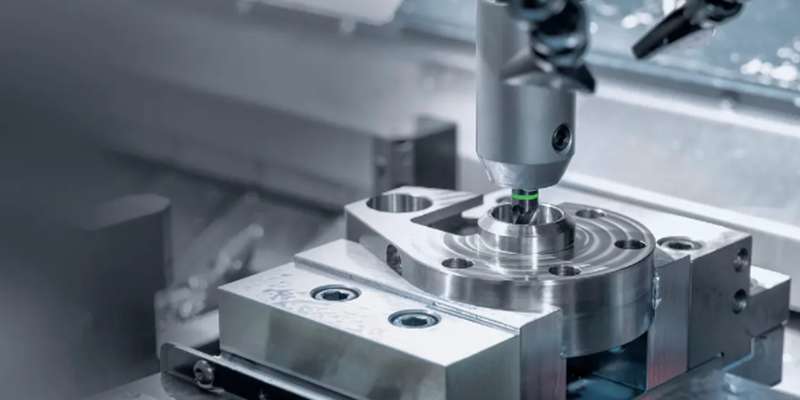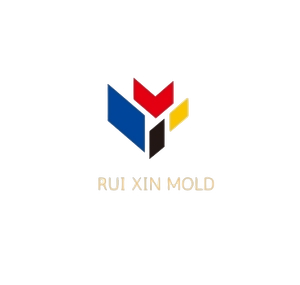Catalog
Tags
CNC Workholding Techniques: Styles, Tools, and Key Considerations

TL;DR: CNC workholding refers to methods of securing parts during machining. Key techniques include vises, clamps, chucks, and fixtures, with selection depending on part geometry, material, and operation. Proper workholding improves accuracy, repeatability, and safety while reducing vibration and tool wear.
How CNC Workholding Works
CNC workholding systems serve three primary functions:
- Positioning: Precisely locate the workpiece relative to cutting tools
- Support: Resist cutting forces to prevent deflection
- Restraint: Prevent movement during aggressive machining operations
Effective workholding balances clamping force (enough to secure without distortion) with accessibility for toolpaths. Modern systems often incorporate quick-change capabilities and modular components.
CNC Workholding Types and Tools
| Type | Description | Best For |
| Mechanical Vises | Standard or CNC-specific jaws | Rectangular parts, milling |
| Hydraulic Clamps | Even pressure distribution | High-volume production |
| Vacuum Chucks | Non-marking hold | Thin/flat materials |
| Magnetic Chucks | Quick setup | Ferrous materials |
| Custom Fixtures | Dedicated part geometry | Complex shapes |
Common Workholding Accessories:
- Soft jaws (machinable for custom profiles)
- Step blocks and strap clamps
- Modular fixturing systems
- Pneumatic/hydraulic actuators
- Zero-point quick-change systems
Advantages and Applications
- Precision: ±0.0005″ repeatability with quality systems
- Flexibility: Modular systems adapt to changing jobs
- Productivity: Reduced setup time between operations
- Safety: Proper restraint prevents workpiece ejection

Industry Applications: Aerospace (turbine blades), Automotive (engine blocks), Medical (implants), Electronics (heat sinks)
Real-World Implementation: Haas Automation Case Study
Haas Automation’s Ohio facility implemented a modular workholding system across 32 CNC mills, achieving:
- 78% reduction in fixture setup time
- 15% increase in spindle utilization
- Consistent ±0.001″ positioning accuracy
The system uses standardized subplates with hydraulic clamping, allowing operators to change fixtures in under 2 minutes.
CNC Workholding FAQs
Q: How much clamping force is needed?
A: Typically 3-4x the cutting force. Calculate based on material removal rate and tool engagement.
Q: When should I use custom fixtures?
A: For production runs >500 pieces or when standard solutions can’t meet tolerances.
Q: How do I prevent workpiece distortion?
A: Distribute clamping forces evenly, use soft jaws when possible, and consider vacuum/magnetic options for thin parts.
Optimize Your Workholding Today
Ready to improve your CNC efficiency? Schedule a workholding consultation with our engineers or download our free Workholding Selection Guide.
Final Thoughts
Smart workholding choices directly impact machining quality and profitability. By matching techniques to your specific applications—whether through off-the-shelf solutions or custom designs—you’ll achieve tighter tolerances, faster changeovers, and longer tool life.
Need Precision CNC Machining for Your Mold Components?
We specialize in custom CNC machining of mold inserts, slide cores, ejector plates, mold bases, and lifters
all made to your exact drawings and specifications.
👉 Let’s Build Your Next Project Together!
Tell us your needs and upload your drawings — we’ll get back within 24 hours.
